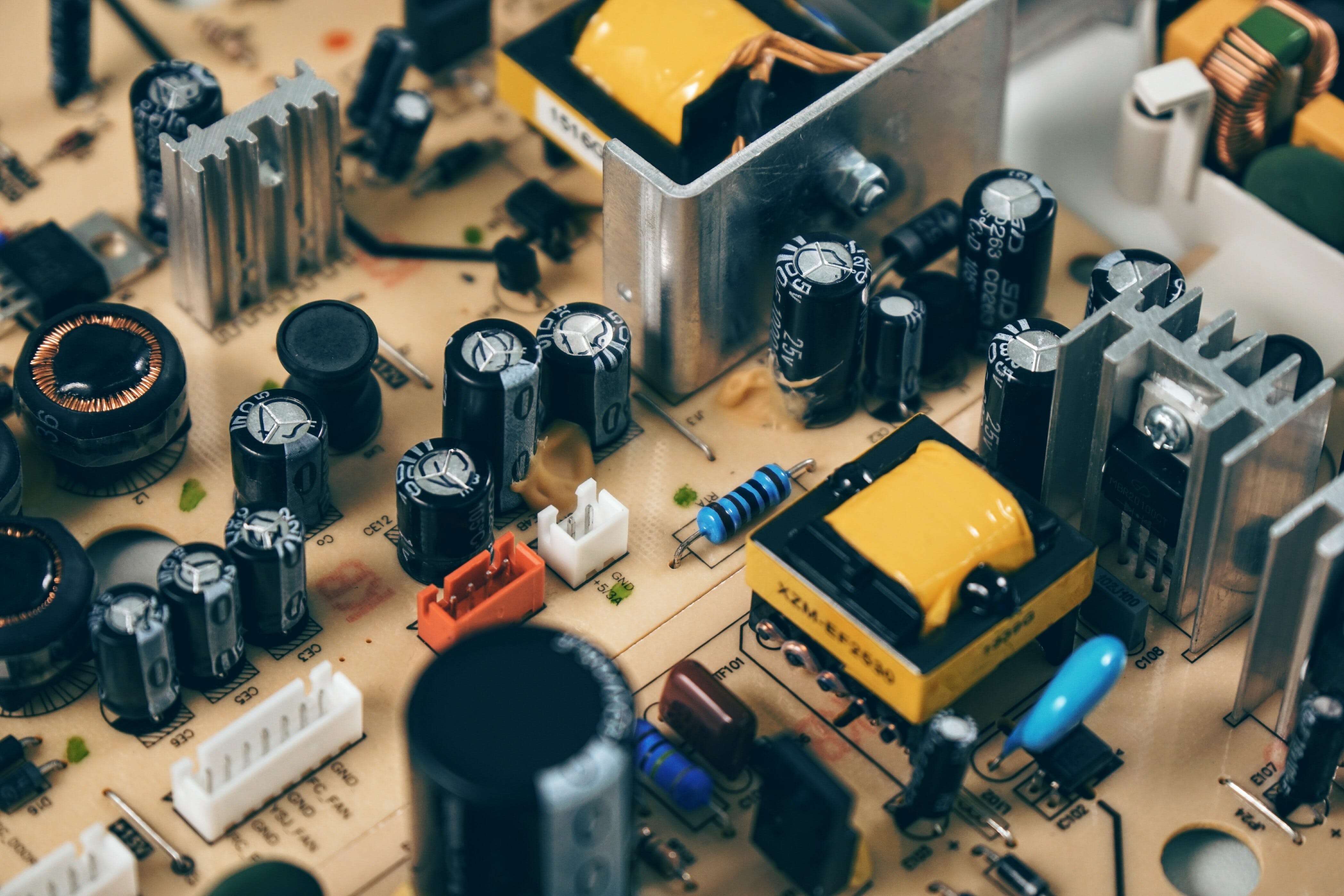- Published 9 Jan 2024
- Last Modified 6 Mar 2024
- 5 min
Understanding the Core Principles of Relays & Signal Conditioning
Explore the critical roles of relays and signal conditioning in modern electrical engineering. Explore RS' solutions for reliable system operations.

Relays and signal conditioning are two fundamental components in electrical engineering and automation. They play a critical role in the functioning of modern electrical systems, ensuring efficiency, safety, and reliability. This blog post aims to illuminate the core principles of relays and signal conditioning, exploring their functions, types, and advancements.

What is a Relay and How Does it Work?
Relays are essential components in electrical and electronic systems, functioning as electrically operated switches. They work by energising an electromagnet, which then moves an armature to open or close circuit contacts. This process allows for the safe and efficient control of a high-power circuit with a low-power signal. In essence, relays are the switchboards of electrical systems, managing the flow of electricity based on predetermined conditions.
Types of Relays
Relays are versatile and used in various applications for switching, isolation, and amplification purposes, making them indispensable in both small-scale electronics and large industrial machinery for their safety and customisability. There are several types of relays, each suited to specific applications:
- Electromechanical Relays (EMR): These contain a coil and mechanical contacts. When electricity flows through the coil, it creates a magnetic field that moves the contacts, thereby opening or closing the circuit.
- Solid-State Relays: These use semiconductor devices like thyristors to switch circuits and do not contain moving parts, offering a longer lifespan and faster switching times.
- Reed Relays: Operate by a magnetic field generated by a coil to open or close reed switches. Ideal for low-power applications.
- Hybrid Relays: Combine electromechanical and solid-state technologies for improved performance.
Explore a range of relays for a variety of applications.
What is Signal Conditioning?
Signal conditioning is the process of manipulating an electrical signal in a way that prepares it for the next stage of processing. Most common signal conditioning functions involve amplifying a signal, filtering it for noise reduction, and isolating it for safety and accuracy. The key components of signal conditioning include:
- Filters: Remove unwanted frequency components from the signal.
- Amplifiers: Increase the strength of a signal.
- Converters: Change signals from one form to another, such as analogue to digital converters (ADCs), which are vital in digital control systems.
Key techniques used in signal amplification are linear amplification, operational amplifiers (op-amps), digital signal amplification and more. Explore a range of signal conditioners that control temperature, voltage, current or frequency.
How Do Relays and Signal Conditioning Work Together?
Relays and signal conditioning are two distinct but complementary components in electrical systems. Relays function as electrically operated switches, controlling the flow of power in a circuit, while signal conditioning prepares and optimises electrical signals for further processing or measurement.
When used together, signal conditioning first refines the input signals, either by amplifying, filtering, or converting them. This refined signal is then used to activate a relay. For instance, in a temperature control system, a thermocouple (a type of temperature sensor) generates a small voltage proportional to the temperature. This signal, however, is often too weak and noisy to control a relay directly.
Here, signal conditioning comes into play. It amplifies and filters the thermocouple's signal, converting it into a more robust and cleaner signal. This conditioned signal can then be used to operate a relay reliably, which in turn, can activate or deactivate heating elements or cooling systems based on the temperature readings.
Thus, while signal conditioning ensures the accuracy and usability of the signal from sensors or other input devices, relays provide the necessary action or control based on the conditioned signal, enabling precise control over complex electrical systems.
Applications of Signal Conditioning and Relays

Signal conditioning and relays are integral to a wide range of applications across various industries, each serving specific roles that enhance system functionality, reliability, and safety. In Australia, their importance is particularly evident in the advanced manufacturing sector. This sector has seen a significant boost, with foreign direct investment reaching AU$118 billion in 2022, up 2.9% from the previous year, according to the Australian Bureau of Statistics. Such investment underscores the sector's growth and the crucial role of signal conditioning and relays within it.
Furthermore, their application is also vital in supporting Australia's robust energy management systems and adhering to stringent safety standards, demonstrating their comprehensive impact across multiple sectors. Here’s a look at some of their key applications:
- Process Control in Manufacturing: Signal conditioning prepares sensor inputs for relay-based control systems that manage industrial processes, ensuring precision and safety.
- Energy Management Systems: In these systems, signal conditioning is used to process inputs from various energy meters, with relays acting to control power distribution based on processed signals. This is particularly important in efficiently managing Australia's diverse energy mix, which includes solar, wind, and traditional energy sources.
- Safety Systems: In safety-critical applications like emergency shutdown systems, signal conditioning ensures the accuracy of sensor data, which then triggers relays to activate safety mechanisms.
Partner with RS for Premium Signal Conditioning and Relay Solutions
Signal conditioning and relays work together in numerous applications, ranging from everyday household uses to complex industrial systems, each complementing the other to ensure accurate, efficient, and safe operation of electrical systems.
RS offers a wide range of high-quality signal conditioning components and relays tailored to meet various application needs. By choosing RS, you're not only investing in efficient and safe operations but also in the longevity and reliability of your electrical systems, ensuring that your applications, whether simple or complex, perform at their best.
Popular Brands for Signal Conditioning and Relays
Phoenix Contact
Phoenix Contact offers advanced signal conditioning solutions and relays, renowned for innovation and precision. Their products cater to industrial and commercial needs, ensuring reliability and high performance in automation and control systems.
TE Connectivity
TE Connectivity stands out in the world of electrical components, especially for its high-quality relays. Known for their durability and precision, TE Connectivity's relays are engineered for a wide range of applications, ensuring consistent performance and reliability in various industrial settings.
Related links
- How to Troubleshoot Relays & Signal Conditioning Equipment
- A Guide to Mechanical Tools: From Hand Tools to Pneumatics
- Breathing Easy: The Essential Guide to Air Quality and Humidity Monitoring in Homes
- Signal Conditioning RF filter
- Signal Conditioners
- RAFI Labels for Use with Electrical Engineering Mechanical And System Engineering
- Texas Instruments PGA460-Q1 Ultrasonic Sensor Signal Conditioning Evaluation Module With Transducers Ultrasonic
- STMicroelectronics Signal Conditioning For Automotive Sample Kit Evaluation Board KIT2407AUTOSC